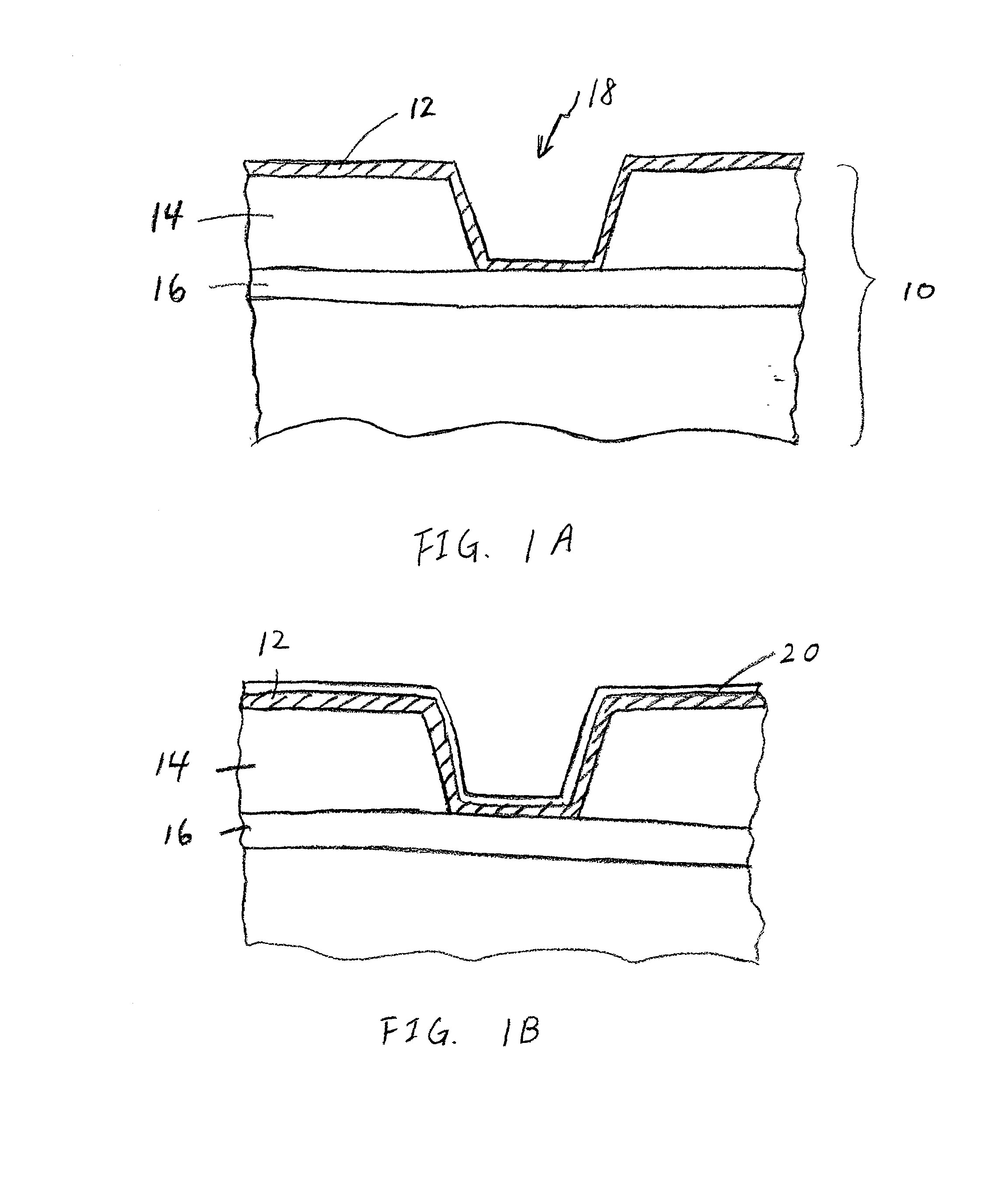High throughput process for the formation of a refractory metal nucleation layer
a refractory metal and nucleation layer technology, applied in the direction of basic electric elements, semiconductor devices, electrical equipment, etc., can solve the problems of long "incubation time, difficult to initiate, poor thickness uniformity of tungsten layers,
- Summary
- Abstract
- Description
- Claims
- Application Information
AI Technical Summary
Benefits of technology
Problems solved by technology
Method used
Image
Examples
Embodiment Construction
[0014] To be consistent throughout the present specification and for clear understanding of the present invention, the following definition is hereby provided for a term used therein:
[0015] The term "effective throughput" refers to the throughput of a process including all required overhead time (e.g., pressure cycling and temperature stabilization) when the process is operatively combined with another process.
[0016] For illustration and exemplary purposes only, the following description of a specific embodiment of the invention pertains to a process for the formation of a tungsten nucleation layer. This specific process includes the use of a titanium-nitride (TiN) barrier layer as a metallic barrier layer, monosilane (SiH.sub.4) as the silicon-containing gas, and tungsten hexafluoride (WF.sub.6) as the refractory metal-containing gas. One skilled in the art will recognize, however, that processes according to the present invention are not limited to the use of a TiN barrier layer, ...
PUM
| Property | Measurement | Unit |
|---|---|---|
| thickness | aaaaa | aaaaa |
| pressure | aaaaa | aaaaa |
| pressure | aaaaa | aaaaa |
Abstract
Description
Claims
Application Information
 Login to View More
Login to View More - R&D
- Intellectual Property
- Life Sciences
- Materials
- Tech Scout
- Unparalleled Data Quality
- Higher Quality Content
- 60% Fewer Hallucinations
Browse by: Latest US Patents, China's latest patents, Technical Efficacy Thesaurus, Application Domain, Technology Topic, Popular Technical Reports.
© 2025 PatSnap. All rights reserved.Legal|Privacy policy|Modern Slavery Act Transparency Statement|Sitemap|About US| Contact US: help@patsnap.com



